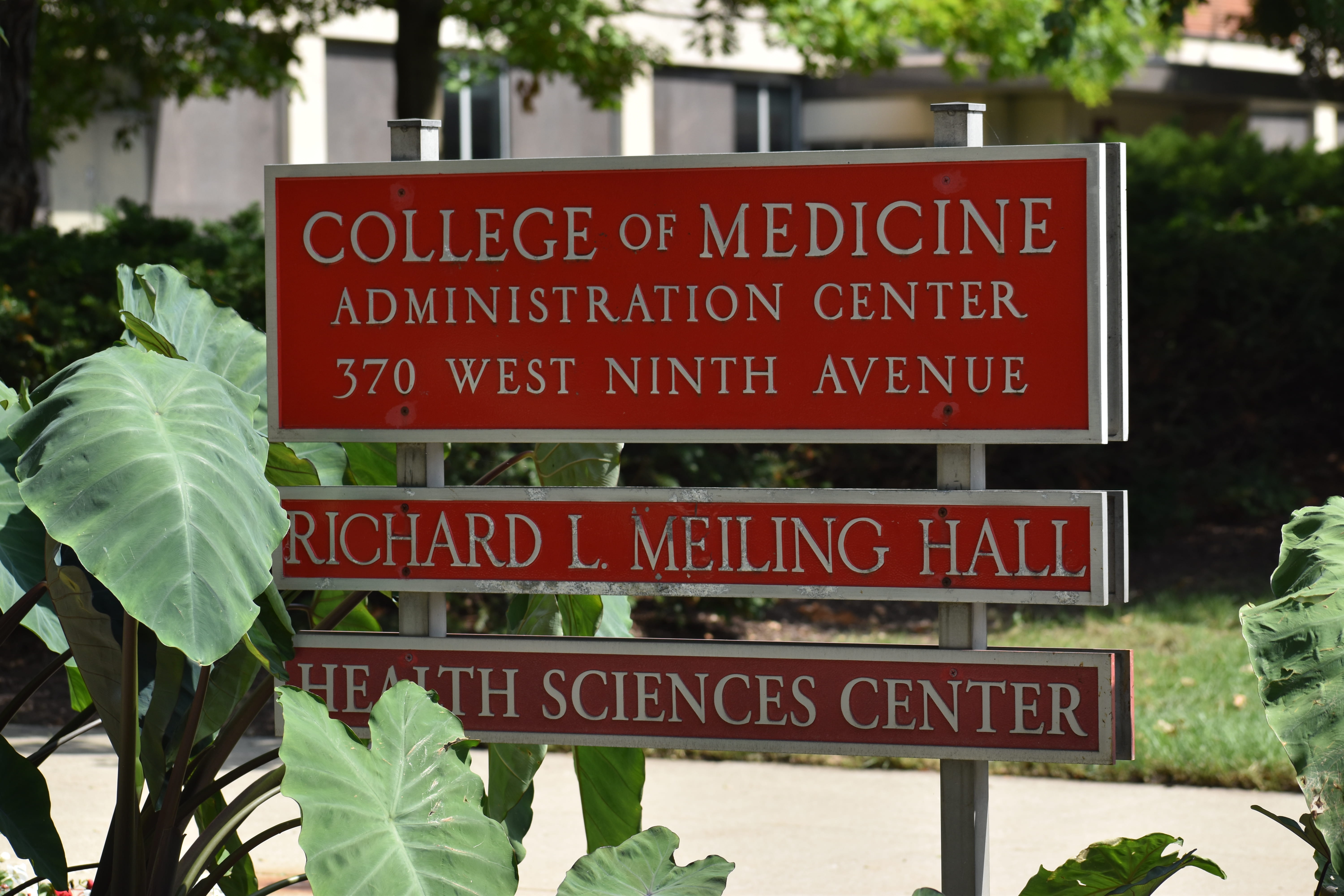
Ohio State’s College of Medicine received a record $300 million in research funding in fiscal year 2020. Credit: Mackenzie Shanklin | Assistant Photo Editor
The Ohio State College of Medicine received more than $300 million in research funding during fiscal year 2020 — the most in the college’s history.
Research awards rose more than 10 percent to $300.9 million from last year’s $271.8 million, according to a Tuesday press release. Much of the increase is due to relationships with industry partners, increased collaboration across various departments and “innovative” investigative projects, the release states.
“Ohio State is able to leverage the brightest minds to foster the development of cutting-edge medical technologies and procedures to save lives,” Dr. Hal Paz, university executive vice president and chancellor for Health Affairs and CEO of the Wexner Medical Center at Ohio State, said in the release. “Our faculty, staff and trainees are focused on accelerating the pace of discovery to quickly translate research findings into treatments and prevention.”
The college received $176.3 million through grants, contracts and subcontracts by the National Institutes of Health, a federal agency that funds and conducts medical research. The remaining funds come from additional government agencies, nonprofit foundations and industry contacts, according to the release.
Timothy Pawlik, surgeon-in-chief of the medical center, chair of the Department of Surgery and a professor of surgery, said the ultimate goal of these research projects is to have a meaningful impact on patients and the overall public.
“It’s not about getting the funding. It’s about changing people’s lives and that’s what the funding allows us to do,” Pawlik said. “It allows us to have the resources to do transformative research.”
Pawlik said one such important research project is occurring at the Department of Surgery, where a research team is investigating the immune system’s response to organ transplants. The research, funded by NIH, could lead to therapies that prevent complications following transplant surgery, including organ rejection by the body.
Other awards include a $7.5 million grant from the U.S. Department of Defense to investigate how to minimize human error when operating machines like vehicles and airplanes and a $5.5 million grant from the American Heart Association to study the health impact of vaping on youth as part of its End Nicotine Addiction in Children and Teens research initiative, according to the release.
Rama Mallampalli, chair of the Department of Internal Medicine, said the money will fund cancer trials, COVID-19 studies and studies of respiratory and inflammatory diseases. In addition to going toward research, funding is used to pay salaries of personnel involved with research programs, purchase laboratory supplies, enroll patients in clinical trials, and pay for overhead costs like research coordinators and infrastructure costs, Mallampalli said
Pawlik said collaboration is one of the college’s strengths, referring to intersecting research initiatives and interdisciplinary work as “team science.”
“Team science is what is most favorably looked upon nowadays, where you can potentially have the most impact as you’re bringing to bear people with lots of different expertise, skillsets and perspectives together,” Pawlik said.
Mallampalli said collaboration for research work occurs through networking, with investigators, trainees and faculty meeting at conferences and symposiums to view peer research and potentially work with those focusing on similar types of research.
“There are other leaders, like myself, who try to bring people with similar interests together in different departments, cross-disciplinary research, so that they can go ahead and put together a unified front to execute projects and eventually evolve into interdisciplinary, joint grant applications,” Mallampalli said.



